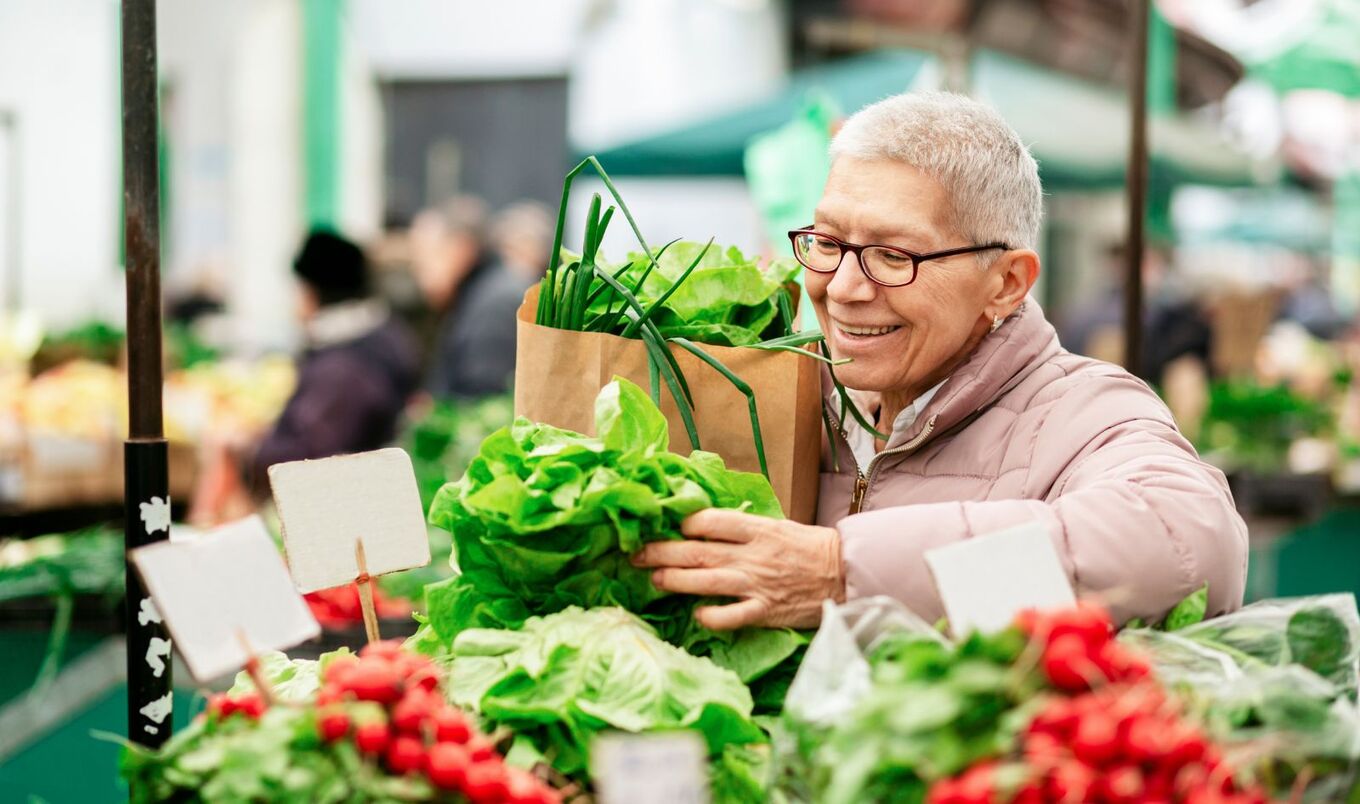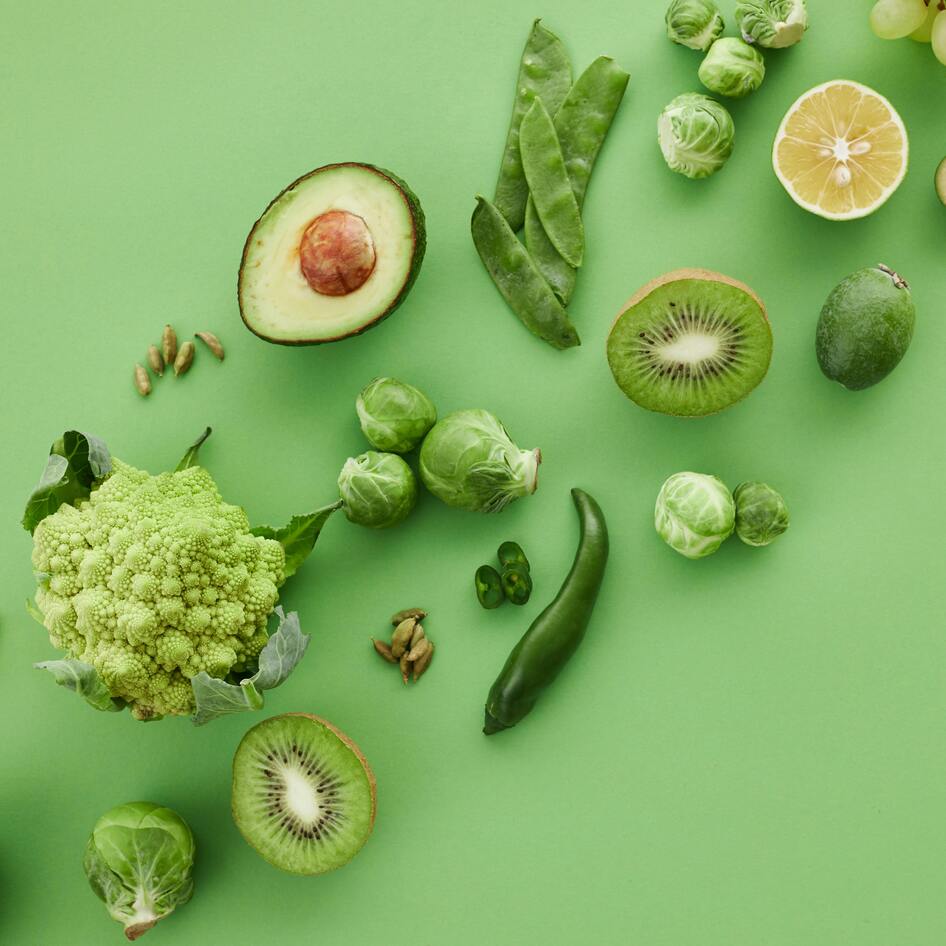Keto may dominate Instagram feeds with fried cheese sandwiches and almond flour fries, but behind the images lies a more sobering truth: diet fads, premature deaths tied to food, and a global agricultural system that fails to produce enough of what we truly need—and all are converging into a crisis. Can the planet sustain the basics for maintaining a healthy diet?
The seduction and risk of a high-fat diet
The ketogenic diet thrives on contradiction: cut out carbs, fill up on fats, and still lose weight. The science is simple in theory—without carbohydrates, the body turns fat into ketones as a replacement fuel. The results can be dramatic in the short term, but long-term research raises serious doubts. “I think a lot of people look at a ketogenic diet and think, ‘I’ll lose weight, I’ll be healthier,’” Molly Gallop, a physiologist at Earlham College, said in a statement.
 Getty
Getty
BECOME A VEGNEWS VIP: Get exclusive product deals, freebies, and perks galore!
Yet her study, published in the recent issue of Science Advances, showed that staying on the keto diet for years may cause glucose intolerance, fatty livers, and high levels of blood fat, all precursors to chronic disease. “It’s a cautionary tale,” warns Amandine Chaix of the University of Utah. Johns Hopkins neurologist Tanya McDonald adds that outside of controlled medical use for epilepsy, “We don’t recommend that the general public use ketogenic diets without medical supervision.”
The larger lesson is less about keto itself and more about the pattern it represents: quick fixes that obscure deeper problems. People quit restrictive regimens and fall back on processed, calorie-dense foods. Meanwhile, the foods most critical to long-term health—fruits, vegetables, legumes, nuts, and seeds—remain the least accessible.
When food becomes a public health crisis
The impact is not abstract. In 2017, poor diets were responsible for 11 million premature deaths worldwide, according to a landmark study published in The Lancet. The culprits are consistent across borders: too much sugar, salt, and processed meat, and too little fiber, fresh produce, and plant-based protein. In Britain, 15 percent of deaths are diet-related, a reflection of habits shaped by both affordability and availability.
 Getty
Getty
Researchers in a major UK program found that small interventions made a measurable difference: adding beans to school meals, redesigning hospital menus so healthier dishes were easier choices, or distributing fruit and vegetable vouchers in low-income neighborhoods. Children ate beans when hidden in pizza, patients picked lower-fat options when menus were reorganized, and families redeemed vouchers when fresh produce became affordable. These tweaks highlight a critical point—food environments, not just individual willpower, determine how we eat.
But they also expose the limits. Britain grows just over half of its vegetables and less than one-fifth of its fruit. Imports fill the rest, often from regions highly vulnerable to climate disruption. In 2023, extreme weather slashed domestic harvests, leaving farmers warning of “disastrous” conditions. The UK is hardly alone. Many countries cannot produce, let alone afford, enough of the foods that nutritionists universally recommend. The result is a widening chasm between dietary guidance and the food actually on our plates.
The global shortfall
A recent global analysis compared agricultural output with the Healthy Diet Basket, a framework for balanced nutrition. The findings: the world produces plenty of grains and oils, but consistently falls short on fruits, vegetables, legumes, nuts, and seeds. About one-third of people globally cannot afford a healthy diet. In low-income countries, the average daily food budget is just over a dollar, far below the $3.48 required for balance. Even in wealthy nations, the saturation of “food swamps”—fast-food outlets and convenience stores overflowing with inexpensive, ultra-processed products—makes healthier choices less likely.
Climate change compounds the deficit. While the supply of staple calories has climbed since the 1960s, production of nutrient-rich foods has barely increased.
 Canva
Canva
Professor Guy Poppy, director of Transforming UK Food Systems and pro vice-chancellor for research and innovation at the University of Bristol, told The Independent that climate change, biodiversity loss, obesity, and health inequality are “some of the biggest challenges we face in mankind.” Projections to 2050 suggest the shortages will persist, even with major agricultural investment. Fruits, vegetables, legumes, nuts, and seeds—the very foods most protective against chronic disease—remain the scarcest, hardest to scale, and most vulnerable to environmental stress.
But agriculture is structured to deliver grains and oils at scale while leaving gaps in fruits, vegetables, legumes, nuts, and seeds. Keto and similar diet trends may capture attention, but they do not address the deeper issue: food systems designed for volume rather than health. Researchers warn that unless investment shifts toward crops that sustain people and the planet, the appearance of abundance will remain deceptive. “If you get food right, you can help begin to solve some of these major issues,” Poppy said.
For more plant-based stories like this, read:
JUMP TO ... Latest News | Recipes | Guides | Health | Subscribe








